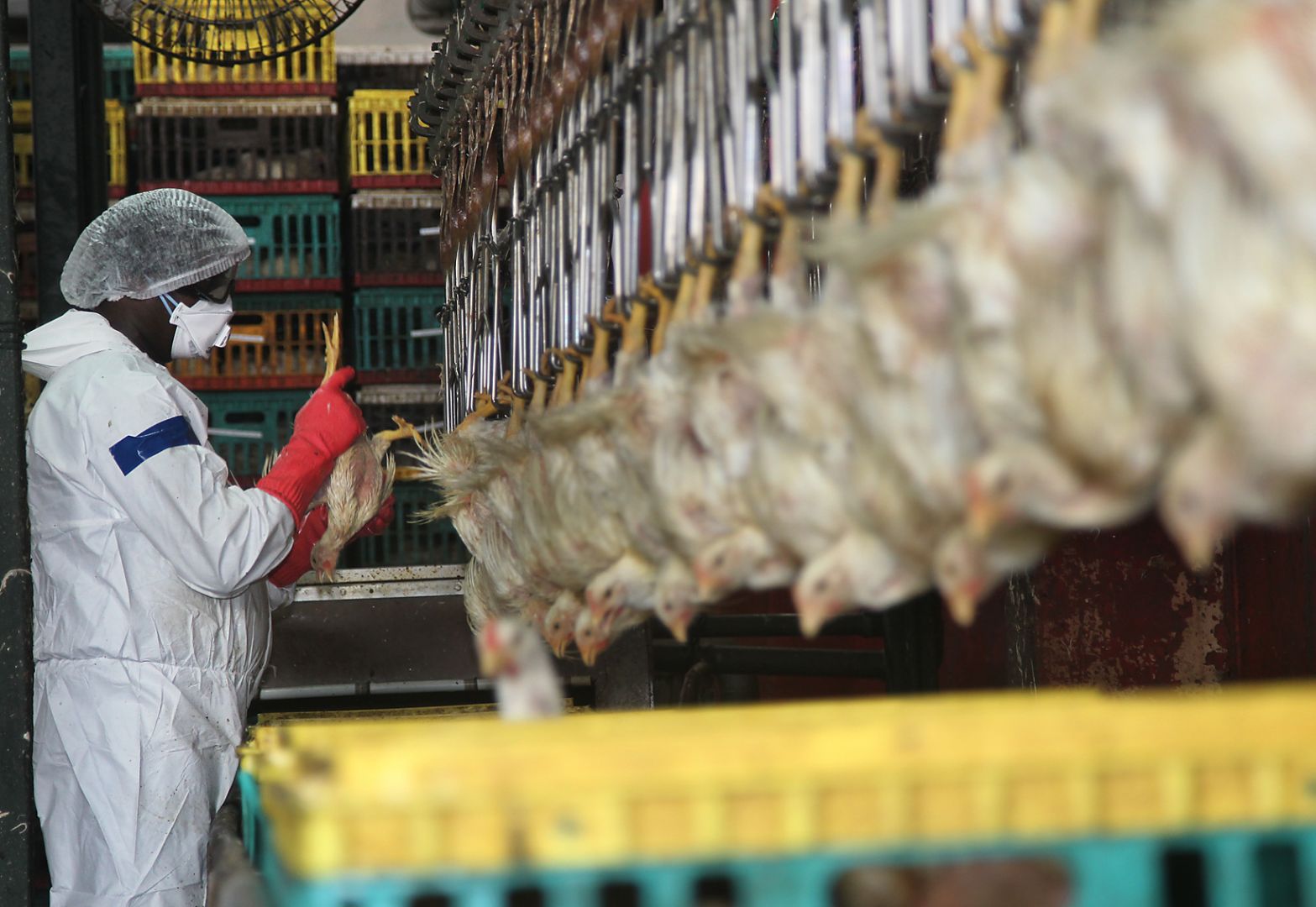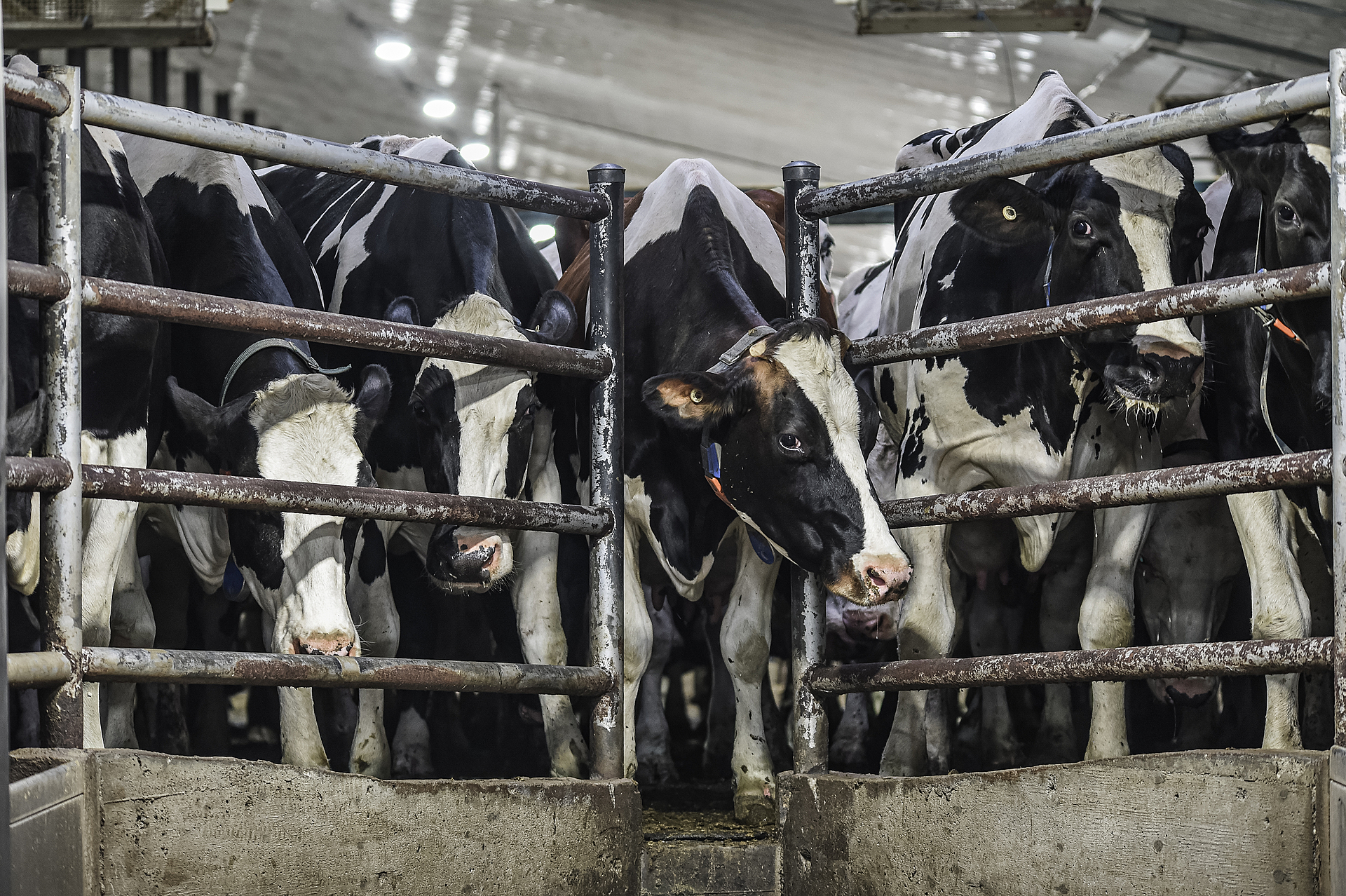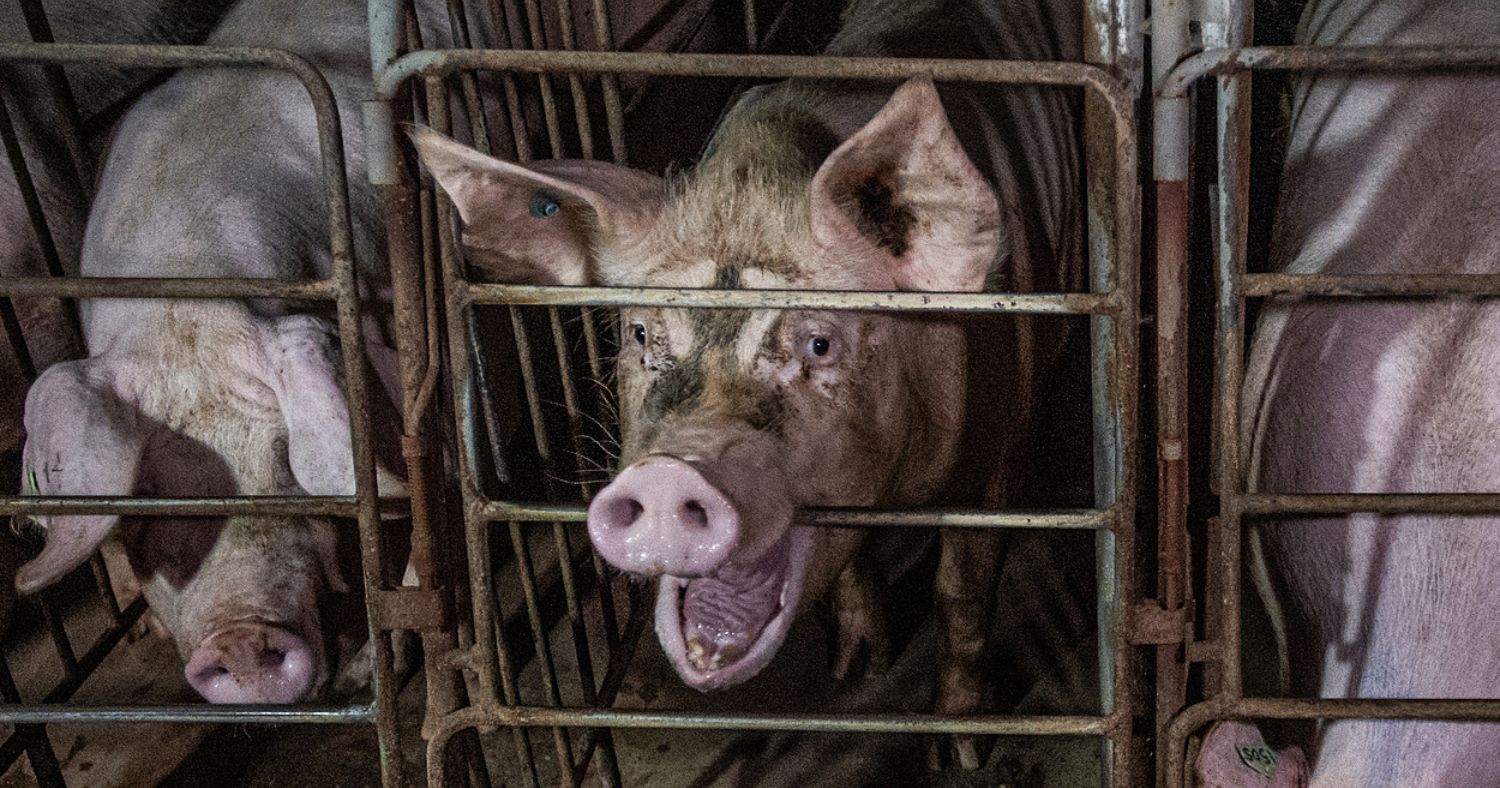A new OXFAM report takes aim at the human rights violations of the poultry industry. The report reveals many disturbing practices, including:
- Worker turnover can be as high as 100 percent each year. So few people are willing to do these jobs that Big Poultry exploits desperate minorities, immigrants, and refugees with few other options.
- Line speeds are so fast that workers have to process around 35 to 45 birds per minute. Workers may repeat the same repetitive, forceful motions—cutting, pulling—slicing—over 20,000 per day.
- The repetitive motions combined with the cold conditions (plants are kept refrigerated to inhibit bacterial growth) means that injuries are rampant. For example, poultry workers suffer seven times the rate of carpal tunnel syndrome.
- Other injuries include cuts and lacerations, such as losing the tip of a finger or accidentally stabbing themselves trying to keep up with the line pace; slipping and falling because of the wet conditions and heavy, clumsy protective gear; respiratory problems like asthma from the chemicals, dust, and animal waste; and depression and anxiety from the living and working conditions, and job insecurity.
- Workers are unable to take a break because there are few replacement workers and the line will not be stopped. Workers report that they stop drinking water and become dehydrated, or even wear diapers. Many workers have stories of peeing their pants on the line.
- While workers earn very little and live near the poverty line, executive compensation has soared. For example, the CEO of Tyson Foods earned $12.2 million in 2014, 550 times what the average poultry worker makes. In just three and a half hours, he earned the annual salary of a line worker.
- Workers struggle to get paid time off for vacation, personal days or even sick days.
In Canada, too, the poultry industry has been exposed for failing to adhere to labour laws (again and again), animal welfare laws (again and again and again and again), and even false advertising laws.
The report falls short in belittling the overwhelming animal rights implications of this broken system. It is wrong to violate the rights of the workers just as it is wrong to violate the rights of the chickens.
Nevertheless, it contains important and concerning information about the troubling situation faced by exploited workers. And of course, if the industry treats humans this way, how much concern can it really have for the welfare of animals? The answer, of course, is none.



